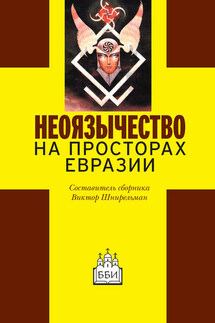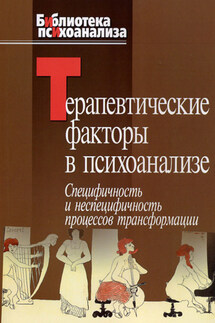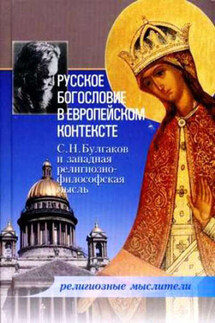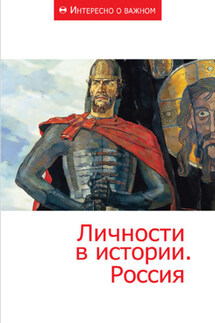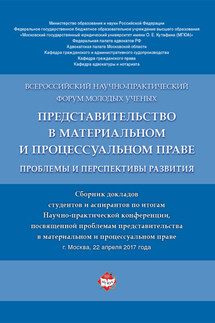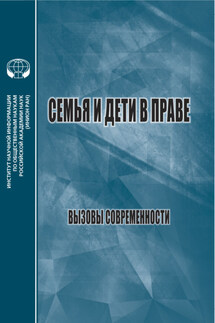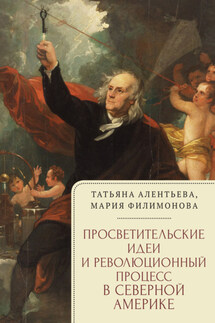Рассказы о путешествиях, паломничествах, миграциях в источниках Средних веков и раннего Нового времени. Материалы конференции - страница 3
De la Brocquiere then went back to Pest (on the east side of the river) where he met French craftsmen, invited there by Sigismund, who – after his travels in France – wanted to establish royal manufactures in Hungary. Nothing came of the plan. There he heard the rumor that the king-emperor planned to have a chain built across the Danube to control the traffic, but Bertrandon found this unrealistic, the river being too wide there. (He was wrong; at the narrowest point the Danube is less than 400 meters wide and thus the chain would have been half as long as that across the Golden Horn.) Reporting about the mineral wealth of the country, he praises the quality of the salt, which he, correctly, lists as the basis of the queen’s income. He also described the kind of cart in which several people travel in Hungary, drawn only by one horse. His detailed picture of them is a unique source for the special Hungarian kocsi (hence: couch!), with tall wheels on the rear, now (and probably then, too) called “sandrunner” (homokfuto). Finally, Bertrandon describes a tournament, held a propos the marriage of the young Count of Cilje, which he found very different from what he was used to in France. This paragraph is a unique source for such tournaments in Hungary.>10
I saw him [the son of the governor Ulrich of Cilje – JMB] at a tournament after their manner where the combatants were mounted on small horses and low saddles: they were gallantly dressed and had strong and short lances. It was a pleasing spectacle. Whenever the two champions hit, both perhaps, but certainly one of them must be unhorsed – and it is then seen, who has the firmest seat.
Bertrandon then left for Austria, where he encountered the first skepticism regarding his crusading plans. After a month he arrived back in Burgundy. Received with grace by his Duke Philippe, but his message was not much listened to. However, the Koran and a Life of Muhammad (in Latin translation), which he brought with him and was given by the duke to a learned cleric, engendered some polemical writings against Islam.
In the later fifteenth century, especially during the reign of King Matthias I (Corvinus) several foreign, mainly Italian, Humanists travelled to Hungary and made notes of their journey. None of them contains particularly relevant information, mainly because they, couched in elegant Ciceronian Latin, reflect more literary conventions than actual personal observations. Therefore, let us conclude with an interesting paragraph from the travelogue of the learned Jacques Bongars,>11 ambassador of France to the Holy Roman Empire, editor of the first collection of medieval Hungarian sources, who crossed what was left of the kingdom of Hungary in 1585, on his way to Constantinople. By that time, the medieval kingdom ceased to exist: the west and the north (today’s Slovakia) was part of the Hamburg Empire; the east (today’s Transylvania in Romania) a tributary of the High Porte; and the middle belonged to the Ottoman Empire. Bongars visited several places in the non-occupied regions, always listing the strength of the garrisons, giving a picture of a country continuously at war. In this short paragraph, he describes the peculiar frontier-conditions along the Ottoman-held territory.
On May 2, we started out by crossing the Tisza, to reach Kallo by night. We passed through the village of Keresztur, on the Turkish side. The village owes the Sultan 500 Thalers and certain number of cattle as annual tax. Desolated. It has two reeves, one appointed by the Ottomans, another by the emperor and they have to share all intelligence with each other, Kallo is a small fort with three towers in the midst of marshes, well supplied with artillery and other needs of war. When the Turks are approaching, the canons warn the peasants of the surroundings to run to the fort with all their valuables. The garrison is 200, all Germans, augmented by a good number of Hussars and freebooters. The fort was built 14 years ago by the generals Tauffenbach and Ruber, just preempting the Turks, who had already piled up the lumber necessary for the building.
